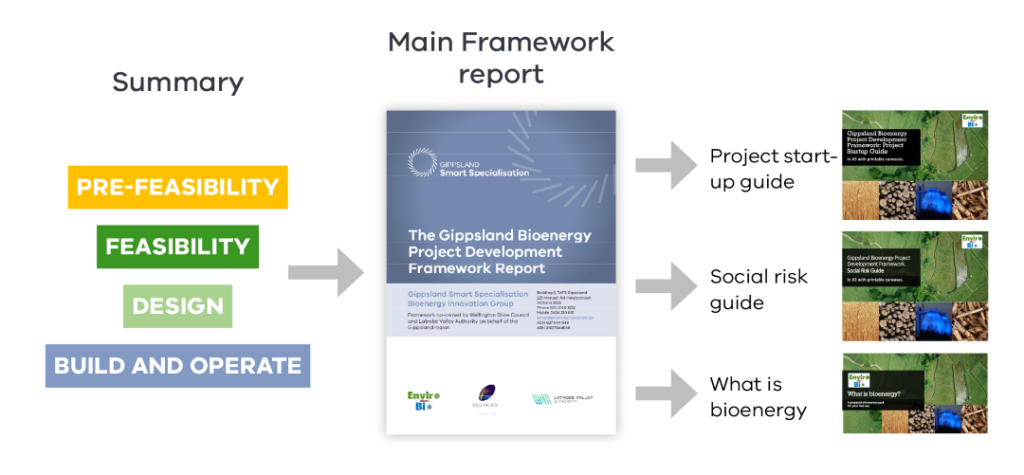What is bioenergy?
Bioenergy
Bioenergy is generated from recovering unused portions of organic matter (from plants and animals). Various processes can be used to turn the organic matter into energy.
Organic matter (or biomass) and can include:
- Agriculture residues and waste products such as unused portions of crops, stubble, corn, dairy effluent, unused portions of vegetable growing.
- Industry waste such as food processing e.g. milk, yoghurt, cheese processors, paper and pulp, abattoir residues.
- Biodegradable municipal waste e.g. food and garden waste.
- Forestry and timber milling residues.
- Crops grown specifically for bioenergy e.g. sorghum.
Organic waste that ends up in landfill produces methane emissions as it breaks down. Methane emissions are 25 times more harmful than carbon dioxide. Using organic waste as bioenergy reduces greenhouse gas emissions by diverting waste from landfill. It also displaces demand through fuel switching away from electricity, gas, liquid fuels or synthetic fertilisers.
Learn about the Gippsland Bioenergy Project Development Framework here by selecting ‘biomass to energy projects’.
Visit Sustainability Victoria’s ‘invest in bioenergy’ to learn more.


